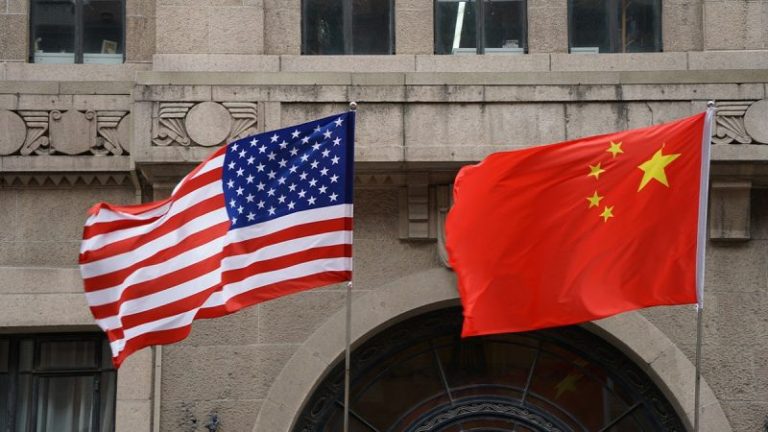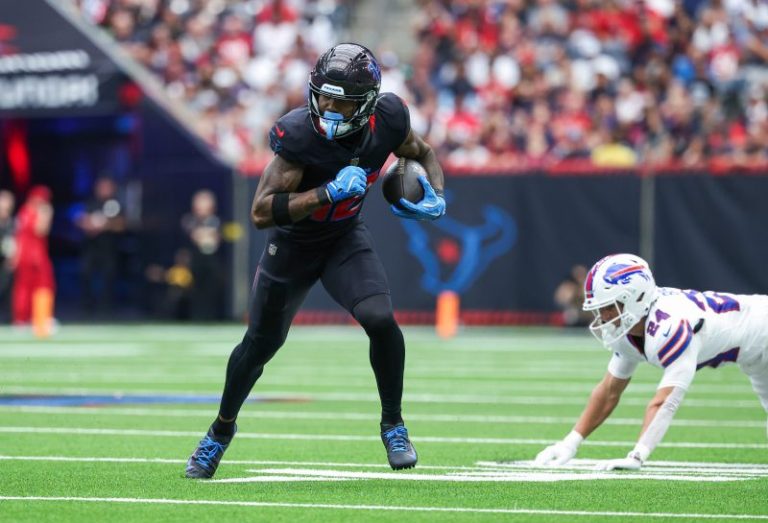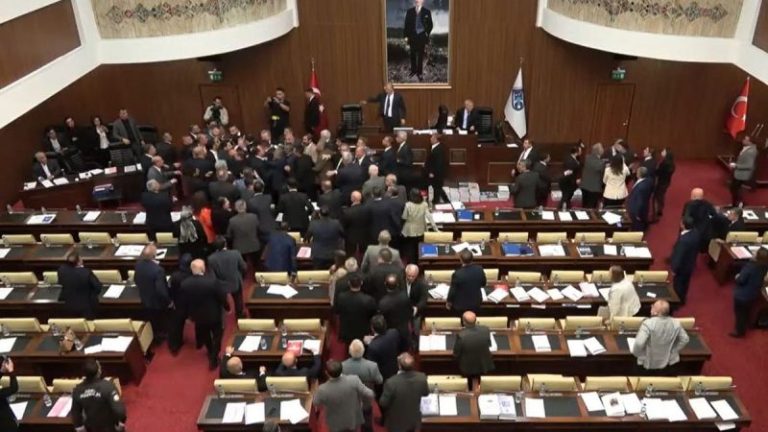Democratic governors and attorneys general alike have vowed resistance to the incoming Trump administration’s policies, just days after the election was called for the former president.
President-elect Trump has already begun his transition back into the White House, with one of his first major moves being the announcement of Susie Wiles as his chief of staff.
Just recently, Trump also signaled to NBC News that mass deportations are not out of the question as one of his top priorities upon starting his term in January.
In response, governors and attorneys general in Democratic states have also voiced their priorities in being on defense during Trump’s second term.
New York Gov. Kathy Hochul and Attorney General Letitia James — who has notably been vocal about her attempts to prosecute Trump — said Wednesday during a press conference that while they would honor the election results and would ‘work with anyone who wants to be a partner in achieving the goals of our administration in our state, that does not mean we’ll accept an agenda from Washington that strips away the rights that New Yorkers have long enjoyed.’
‘The safety and wellbeing of New Yorkers are my top priorities,’ Hochul said in a statement released shortly after. ‘I’m committed to working with anyone on policies that make our state stronger, safer and more livable — but my administration will also be prepared to protect New Yorkers’ fundamental freedoms from any potential threats.’
James echoed those same sentiments in the statement, saying she and her team had ‘been preparing for a potential second Trump Administration, and I am ready to do everything in my power to ensure our state and nation do not go backwards.’
Fox News Digital reached out to Hochul and James’ offices for comment.
Illinois Gov. JB Pritzker said in a statement released Wednesday that ‘our most vulnerable communities woke up to new uncertainty about their future, scared that their rights will no longer be protected.’ Pritzker said he would continue to uphold Illinois’ values, stating, ‘When that means working with the next presidential administration that is what I will do, and when that means standing up to it, I believe my record is clear on where I’ll be.’
Pritzker reiterated these same points during a press conference on Thursday, where he said that anyone who comes ‘for my people, you come through me.’
Fox News Digital reached out to Pritzker’s office for comment.
Washington State Attorney General and incoming Gov. Bob Ferguson held a press conference on Thursday alongside incoming Attorney General Nick Brown, where Ferguson said his team had been preparing for a potential Trump presidency for months in advance. Ferguson said during the press conference that his team had reviewed Trump’s policies and the Heritage Foundation’s Project 2025, the latest iteration of a longstanding Heritage Foundation initiative to establish a conservative governing blueprint.
Trump has repeatedly denied any involvement with the agenda, saying, ‘I disagree with some of the things they’re saying, and some of the things they’re saying are absolutely ridiculous and abysmal.’
‘The president has significant authority. That is the way our system works,’ Brionna Aho, Ferguson Communications Director, told Fox News Digital. ‘However, no one is above the law. Our office has successfully litigated against the Obama, Trump and Biden administrations. When a president exceeds his authority and harms Washingtonians, the Washington State Attorney General’s Office is prepared to hold him accountable to the rule of law.’
California Gov. Gavin Newsom and Attorney General Rob Bonta on Thursday announced the state legislature would convene a special session ‘to safeguard California values and fundamental rights in the face of an incoming Trump administration.’ The session is expected to focus on ‘bolstering California legal resources to protect civil rights, reproductive freedom, climate action, and immigrant families’ ahead of Trump taking office, the statement read.
‘We’ve been through this before, and we stand ready to defend your rights and protect California values,’ Bonta said in the statement. ‘We’re working closely with the Governor and the Legislature to shore up our defenses and ensure we have the resources we need to take on each fight as it comes.’
‘We will uphold the rights of all Californians. Between Project 2025 and President Elect Trump’s own statements, we know what to expect from a second Trump Administration,’ Bonta’s office told Fox News Digital Friday evening in a follow-up statement. ‘What happens next is up to the President Elect. If he doesn’t violate the law, and we hope he won’t, we won’t need to take action. But based on our experience with the first Trump Administration and the President Elect’s own words, we expect that won’t be the case and we will be prepared to respond.’
‘The American people re-elected President Trump by a resounding margin giving him a mandate to implement the promises he made on the campaign trail,’ Karoline Leavitt, Trump-Vance Transition spokeswoman, told Fox News Digital in a statement. ‘He will deliver.’










